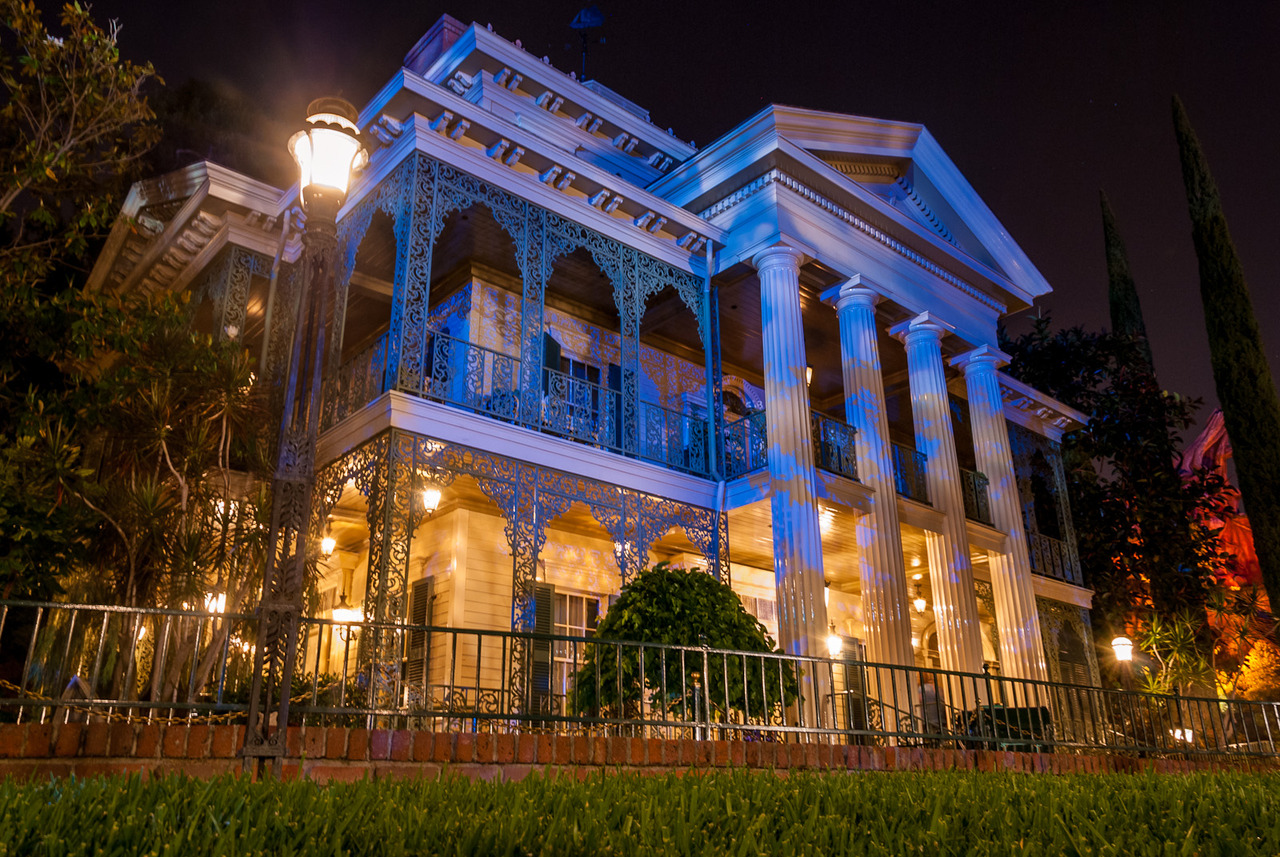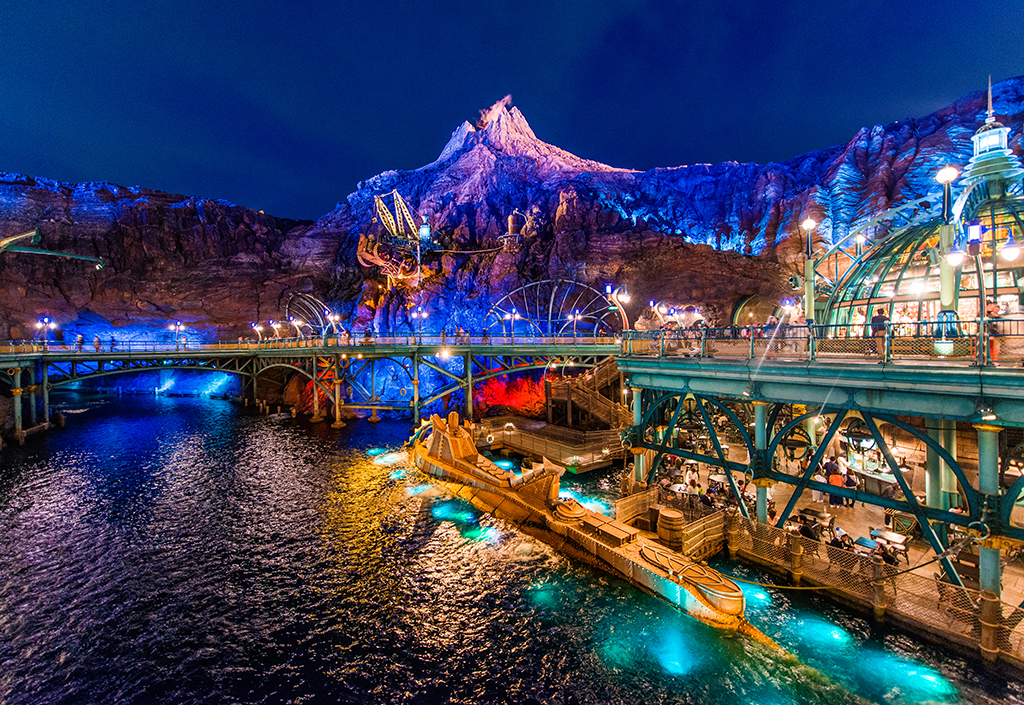Chapter Five: There’s Room For A Thousand
https://i1.wp.com/www./wp-content/uploads/2017/03/205148_1988783327554_1764964_n.jpg
There was a need for continuation in the Gracey household, and whilst Master Gracey already had an illegitimate child skulking in the shadows, no one knew that secret. Instead, Master Gracey sought a wife. He was offered many potential fiancés, but all of them were brainless, pretty girls who shared little interests with Gracey and his larger views on the world. Not like Madame Leota. Bored and depressed, Master Gracey visited the travelling World Famous Crump Circus. It was there where he met
Lillian O’Malley, the circus’ resident tightrope walker and gymnast.
At first entranced by her death-defying skills, Master Gracey was then drawn to Lillian’s excitable, adventurous personality. A descendant from a long line of daredevils, Lillian had stuck her head in a lion’s mouth, hung upside down from the rafters of the big top, and even dared to walk blindfolded across the Niagara Falls. She quickly won Master Gracey’s heart and they married in 1923. Lillian proved to be the perfect wife when it came to socialising, earning her husband back his reputation and popularity with her politeness and loyalty. This was only one side of her, showing her true, adventurous demeanour when behind closed doors with her husband. However, conceiving children proved to be difficult. Though disappointed, Master Gracey remained happy with his wife, refusing to repeat history like his father and grandfather had.
Meanwhile, Madame Leota’s séance sessions had their ups and downs. She was often visited by those unable to cope with their grief or seeking answers left unresolved by their dearly departed loved ones. But, to the upper class, Madame Leota’s practices were looked down upon. Amongst the skeptics was Master Gracey’s cousin
April Gracey, who could best be described as the epitome of vanity. Likely born looking into a mirror, April fell in love with her own reflection and was obsessed with her youth and good looks. The one séance she attended scared her so much that she cried, ruining her make up, and she angrily stormed out of the chamber, blaming Madame Leota for her “foolish smoke and mirrors”. Leota was particularly angered by such insults.
April was a child of the 1920s, despite being born in 1889. She loved wearing the latest fashion, was a fan of jazz, and liked to be the centre of attention. That night, Madame Leota visited April in her boudoir and apologised, offering to predict her future. April played along with this, hoping to disprove Leota’s ability to read her fortune. Using tarot cards, Madame Leota claimed that April would remain beautiful but would die “old and white”. When April asked how many years she had, Madame Leota admitted she could not predict that accurately. April immediately accused the medium of being a fraud and dismissed her from her chamber. Madame Leota left, muttering something under her breath as she closed the door.
At midnight, a shrill scream pierced the quiet mansion. It had come from April’s room. By the time the servants go to the bedroom, they found April lying dead at her dressing table. Her mirror was cracked and April herself was dead, her hair white as snow, and her face now old and like that of a hag. Master Gracey demanded answers, Madame Leota innocently suggesting she must have seen a ghost and died of fright, all the while hiding a tiny, pleased smile.
She was not the only victim of Madame Leota’s wrath. In 1926, one séance was interrupted by a group of high society party goers, who were dancing the night away in the ballroom to the waltz. Madame Leota angrily stormed out of her room into the ballroom and cursed the dancers to dance until they died. As if in a trance, the couples danced and danced til their feet bled through their shoes, and soon, they all died from exhaustion, though even in death, they continued to dance for all eternity.
A year later, Leota received unexpected gifts from two European suitors.
Etienne Lalaurie and Antoine Germaine grew up together, living in plantations across the way from each other. While both were quite different, Lalaurie and Germaine remained good friends as they grew older, going to the same school where they learnt the art of duels, fair play, and honour. Being neighbours to the Graceys, both men were often invited over for meals and to attend parties. It was at one where they both separately met Madame Leota.
She danced with one after the other, listening to their inane babble, finding their declarations of love and romance to be boring. And a small part of her heart remained dedicated to Master Gracey. Knowing that both men would likely bug her for months, Leota quietly inclined that they both had a rival for her affections and suggested they face them in a duel. Lalaurie and Germaine both agreed, following her instructions to confront their rival in the gardens. To both of their surprise, their rival turned out to be their best friend.
After much arguing and accusations of betrayal, both men, slightly drunk and driven by testosterone, challenged each other to a duel. The winner would earn Leota’s hand. Both men turned their backs to each other and took three paces away. Both then spun and fired at the same time, mortally wounding one another. Both men then saw Madame Leota watching them from a window. Realising they had been played for fools, both men made peace with one another and vowed to avenge each other in the next life. Their bodies were soon discovered, and Master Gracey had two paintings commissioned of his old friends to immortalise them.
Lillian remained happily married to Master Gracey, but was facing the prospect of having to reunite with her mother
Elma Bella, who had become depressed and unreasonable over the years since the death of her husband
Richard in 1891. However, Elma had a passion for painting and had presented her daughter and son-in-law with an impressive painting of Gracey Manor on their wedding day. By 1924, Elma was unable to live independently, prompting Lillian to reluctantly ask her husband to let her mother move in to the mansion. The change of scenery turned out to be quite good for Elma’s health and attitude, and she painted numerous portraits of guests and the mansion’s grounds. However, an ill-fated attempt to contact her husband through Madame Leota led her back down into depression.
In her old age, Elma began showing signs of going senile. She purchased a raven from an old woman, calling it “
Fonzie”, though at times, she referred to it as “Richard”. She also painted a portrait of her late husband and began having conversations with it. In 1928, Elma began painting her raven, but reconsidered halfway through, starting over and creating a portrait of Master Gracey which hung in the mansion’s foyer. Elma was put to bed by her nursemaid and settled down to sleep. However, a horrible scream came from her room around 11pm that night. Lillian dashed to her mother’s bedroom, but found her dead. Her painting of Richard had been destroyed, and the dead Elma pointed to the window, where her pet raven slept peacefully.


















